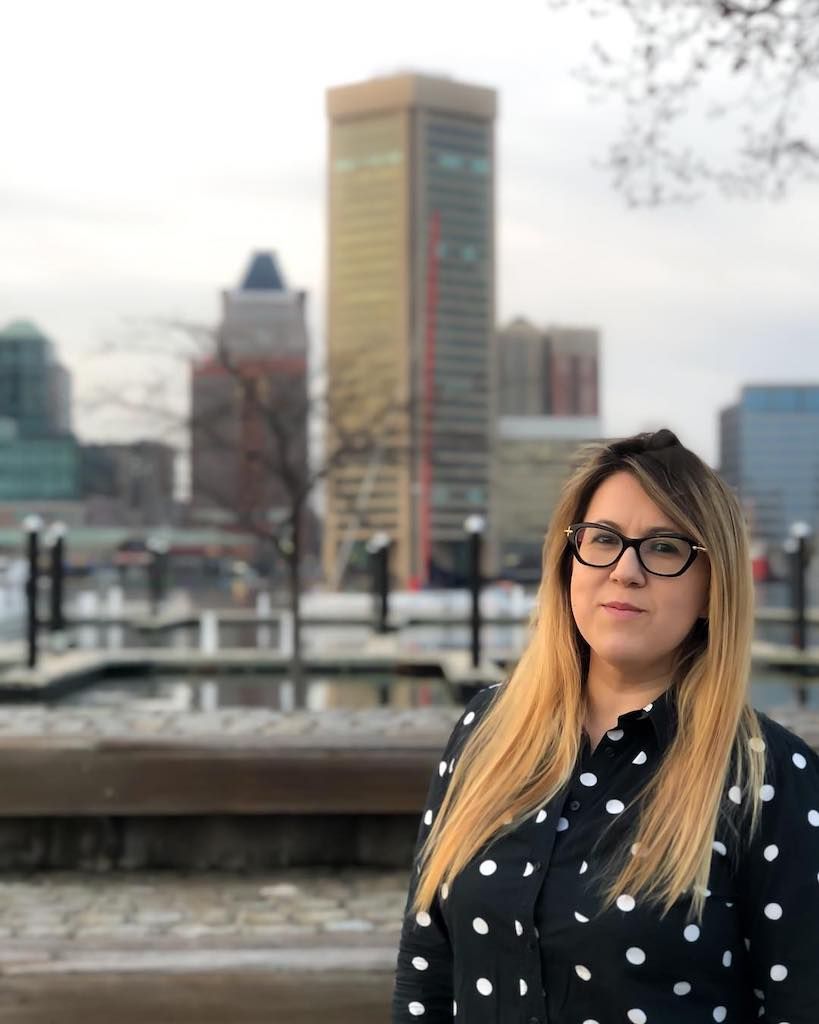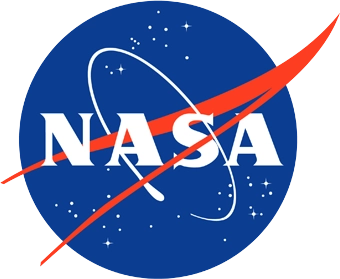Early Career Scientist Spotlight
Dr. Burcu Kosar
Atmospheric Physicist
Ionosphere, Thermosphere, Mesosphere Physics Lab
What is your research focus?
I have diverse research interests; however, I am an atmospheric physicist by training. I studied the electrical coupling between thunderstorms and the Earth’s middle and upper atmosphere through computational modeling. Of particular interest to me were sprites, which are brief optical emissions associated with the electrical activity of thunderstorm systems. My research work focused on the theoretical study of sprite initiation in the lower ionosphere and the role played by ionospheric inhomogeneities in this initiation process. I have utilized and modified an advanced physics-based model to simulate the formation and propagation of sprites and their associated optical emissions.
During my postdoc, I switched fields from atmospheric and space electricity to heliophysics. I was primarily involved with a citizen science project called Aurorasaurus. My research focus was to analyze space weather data together with the citizen science data to improve our understanding and forecasting of the aurora for current space weather research needs. Close to the end of my postdoctoral appointment, Aurorasaurus project has paved the way for the discovery of a new upper atmospheric phenomenon (called STEVE) that has led to a big spur and excitement within the scientific community. However, STEVE was not really “new”. As a matter of fact there has been reports of it going back many decades. The fact that this discovery was a result of a collaboration between the scientific community and citizen scientists makes it especially unique. In all-sky imagers, STEVE appears as a narrow, mauve structure forming south of the auroral oval. In-situ measurements by the Swarm satellite have revealed a bit more information about the characteristics of the region where STEVE forms. It measured strong westward flows, high electron temperatures, and a sharp density trough, all characteristic signatures of subauroral ion drifts (SAIDs). Following its discovery, I have investigated magnetospheric conditions and dynamics associated with a set of STEVE events using data obtained by various spacecrafts probing the Earth’s magnetosphere.
I am actively involved with ionospheric outflow research efforts. Solar ultraviolet (UV) photons and auroral precipitation are two significant energy inputs important to understand the upper atmospheric upflows and outflows. Specifically, I am working on understanding how outflow evolves under dynamically changing conditions of high latitude auroral precipitation. To understand the effects of various classes of auroral precipitation on the outflow problem, we have simulated the motion of a single flux tube through the high latitude/polar region, studied how the plasma on this flux tube is exposed to different auroral inputs and solar illumination over time and the corresponding response of the upper atmosphere. In this study, the particle precipitation output from OVATION Prime 2013 model was used for the first time to drive the Polar Wind Outflow Model (PWOM) for studying the ionospheric outflow.
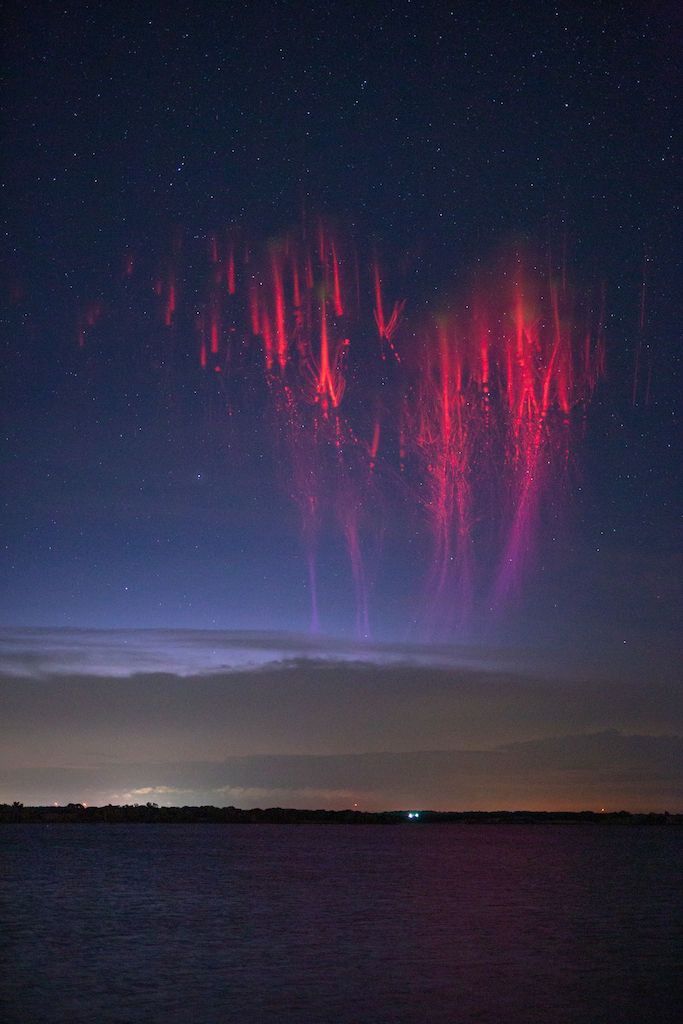
Credit: Paul Smith
Are you involved in any upcoming space missions?
I am currently involved with the Geospace Dynamics Constellation (GDC), NASA’s next Living With a Star (LWS) mission, that will revolutionize our understanding of the upper atmosphere (300-400km altitudes). This critical region of geospace is where energy inputs from the Sun, Earth’s magnetosphere, and lower atmosphere couple to create a complex and dynamic behavior. GDC’s constellation design in Low-Earth orbit will allow observations of the global and regional responses of the upper atmosphere to aforementioned energy inputs. Currently in Phase A, GDC is planned to launch in 2027. This is my first mission involvement at NASA GSFC and I feel privileged to be given the opportunity to be a part of it.
Tell us about one project that has been particularly impactful in your field.
During one of our routine Aurorasaurus ambassador network meetings in 2016, a group of citizen scientists from a Facebook group called Alberta Aurora Chasers approached us with a collection of images of a mauve ribbon in the night sky that is often accompanied by green streaks of light resembling a picket fence. These observations were made from high latitude regions in the northern hemisphere; however, the position of these thin streaks of light relative to the traditional aurora raised many questions about their underlying physical mechanism. The continued collective discussions between researchers and citizen scientists eventually led to the discovery of a new phenomenon in the night sky, called STEVE by the citizen scientists and turned into a backronym as Strong Thermal Emission Velocity Enhancement by the science community. I was lucky enough to be a part of this team and this discovery has brought experts from various different fields and the members of the public together to tackle this very interesting problem. There is a wealth of scientific papers and news articles on this topic published after its discovery in 2018.
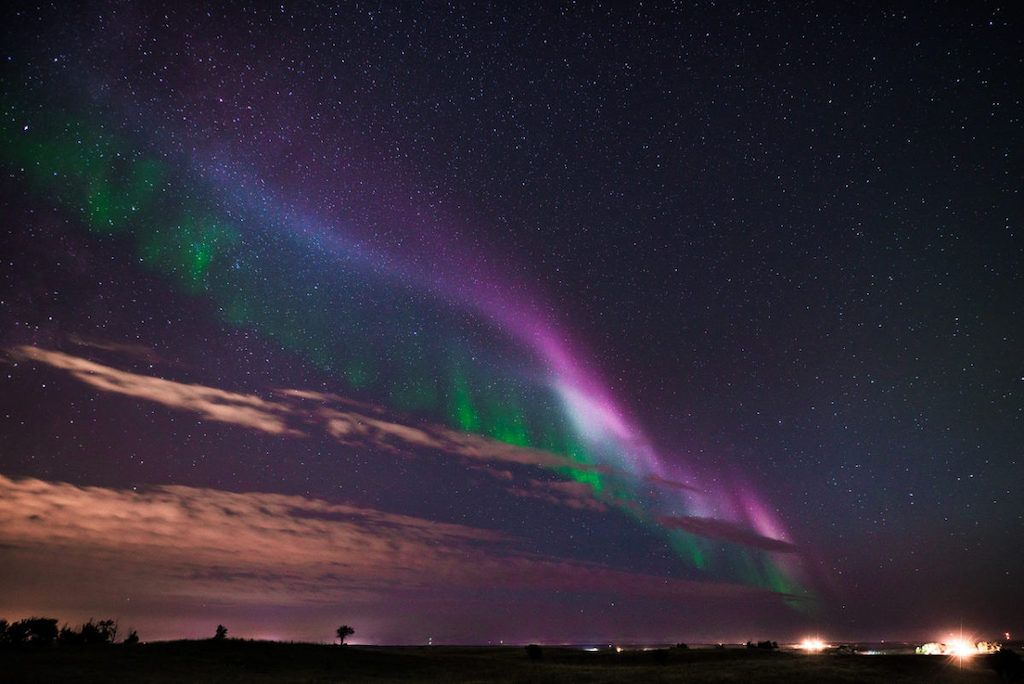
Credit: Jun Wang
What are your future research interests and goals?
During the summer of 2017, I was selected to participate at NASA Frontier Development Lab (FDL), an 8-week intensive data science research accelerator program. Participating at NASA FDL allowed me to tackle problems pertaining to the field of planetary defense using open-source data science frameworks. I was specifically involved with Solar-Terrestrial Interactions (STI) team working on improving our understanding of the solar influence on Earth’s magnetosphere and ionosphere.
Since then, I am actively involved in data science initiatives at NASA and continuously working to promote adaptation of AI/ML frameworks by the community. I have helped organize the first NASA GSFC Workshop on Artificial Intelligence and Helio Hackweek 2020. I intend to continue working on the application of data science to the wealth of scientific data collected by various NASA missions led by Heliophysics, Earth and Planetary Science divisions.
I strongly support innovative citizen science projects (such as Aurorasaurus) that can complement traditional scientific research. Being a part of one has given me the opportunity to work with a highly interdisciplinary team and to practice public outreach and science communication efforts. I am working on developing my own citizen science project on transient luminous events (TLEs) that occur above the thunderstorms! I aim to improve our understanding of the physical mechanisms leading to their formation and how they couple to the upper atmosphere.
What early career advice do you have for those looking to do what you do?
Dream big and be obsessed with your own potential!
Leaving my home country at the age of 17 and travelling to U.S. for college with the dreams of working for NASA marks the beginning of my career journey. Even though I had an amazing tribe of supporters, I was often told that I am chasing an impossible dream. Today, I am living it. My journey was not easy, as a matter of fact it was full of obstacles. Instead of turning around when challenges occurred, I chose to go through them. It is important to remember that empowerment is self-generated.
Get involved!
I highly recommend going on a laboratory exploration tour at your university campus. There are many research groups/labs in every department that are always looking for interested students (especially undergraduates). It would be very beneficial for you to get involved with a team/group and participate in their research efforts. This will allow you to interact with graduate students and researchers on weekly basis and most importantly, to learn from them. Always be on the lookout for summer research/internship opportunities at NASA, NOAA, national labs or universities. Make sure to participate in workshops/classes that will teach you how to document and present your research effectively. And finally, learn how to network with your peers! You never know when an opportunity will present itself.
Don't be afraid of stepping out of your comfort zone, that's where the greatest things happen!
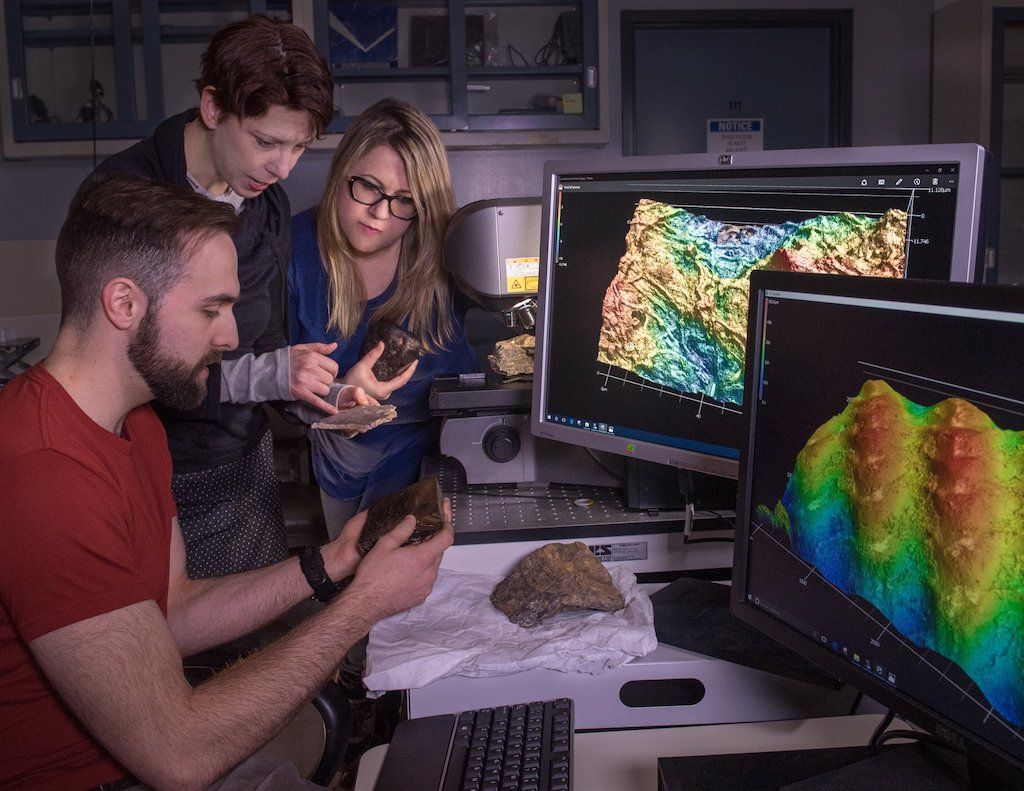
Credit: Bill Hrybyk/NASA
What do you enjoy the most about your job?
I feel extremely lucky to work with some of the best and the brightest scientists! It is amazing how a short discussion in a hallway can turn into a successful research proposal a few months later. There is a potential for collaboration every hour of the day. I love being a part of this environment and my Goddard family.
What is a fun fact about you?
I enjoy going to spur of the moment road trips! I did one such trip in December 2017 and it was one of the most memorable vacations I ever had! I am a firm believer of seizing the moment!

Credit: Terrill Graham
Biography
Home Town:
Istanbul, Turkey
Undergraduate Degree:
B.S., Physics, Florida Institute of Technology, Melbourne, FL, USA
Post-graduate Degrees:
M.S., Space Sciences, Florida Institute of Technology, Melbourne, FL, USA
Ph.D., Physics, Florida Institute of Technology, Melbourne, FL, USA
